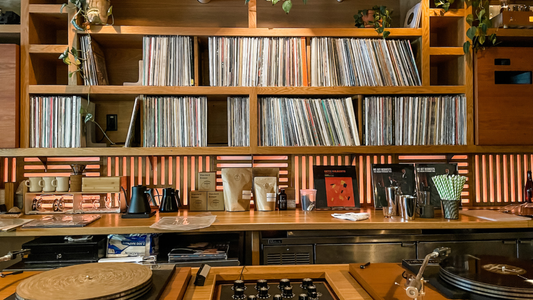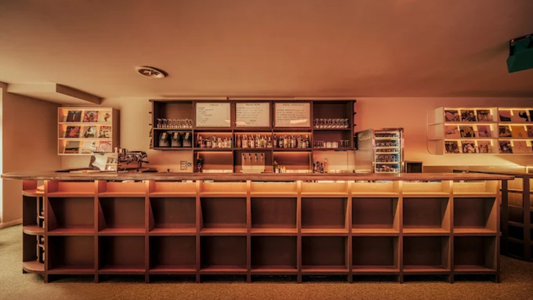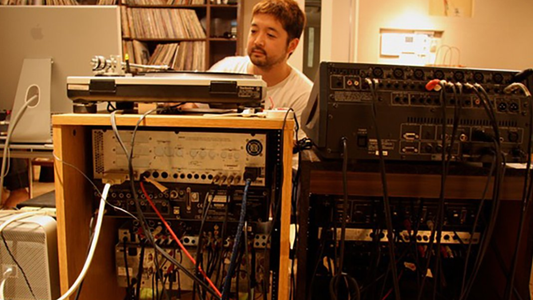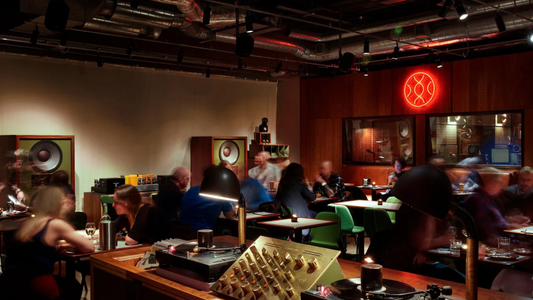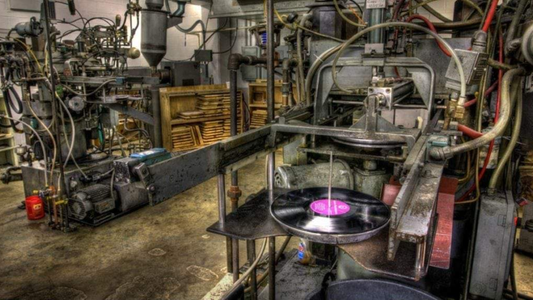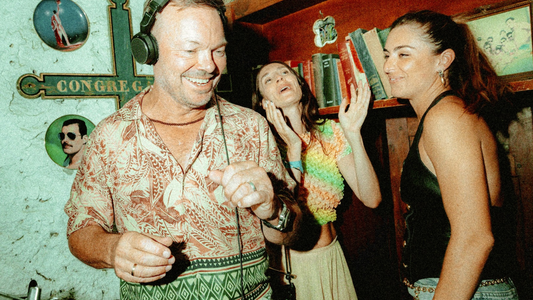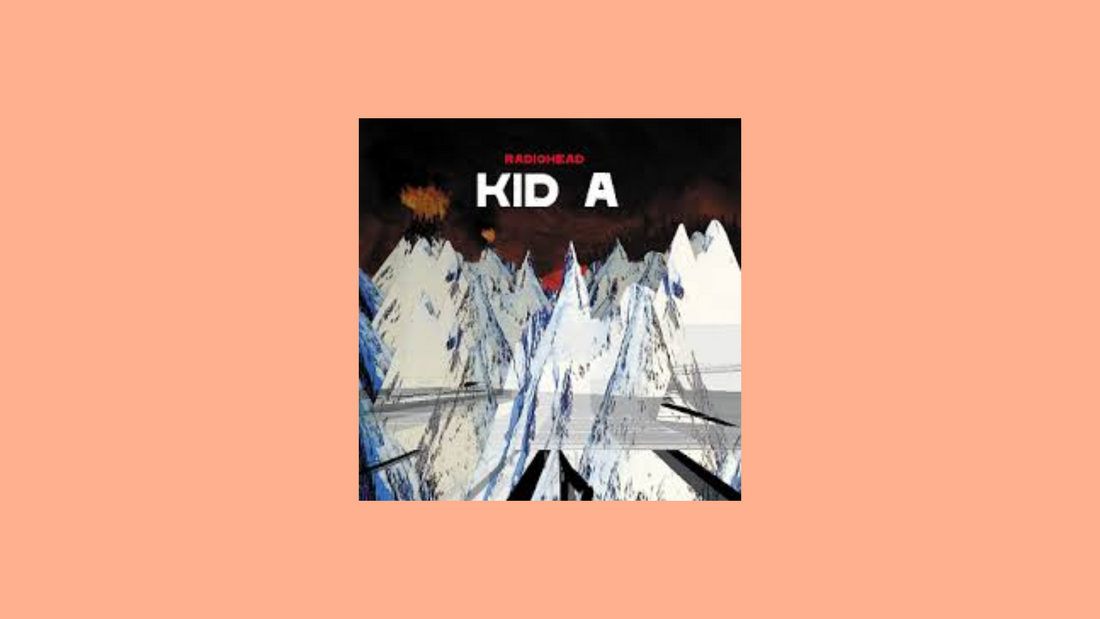
Radiohead – Kid A (2000)
By Rafi Mercer
A fractured hum, electronic and uneasy, opens the space. Then a processed voice enters — Thom Yorke’s, but altered, distant, as if half-asleep or speaking through static. “Everything in its right place…” The irony is immediate: nothing feels in its right place. Released in October 2000, Kid A was Radiohead’s radical break from the guitar-driven rock of the 1990s, an album that abandoned expectations and embraced fragmentation, alienation, and atmosphere. In doing so, it redefined what it meant to be a major rock band at the turn of the millennium.
The backdrop was exhaustion. After the acclaim of OK Computer (1997), Radiohead were hailed as saviours of rock, the latest in a lineage stretching from Pink Floyd to U2. But the pressure nearly broke them. Yorke suffered from writer’s block and depression, unable to write traditional songs. The band retreated into experimentation, drawing inspiration from electronic music (Aphex Twin, Autechre), modern classical, free jazz, and Krautrock. The result was Kid A: an album that baffled some fans, alienated parts of the industry, yet became one of the most influential records of its era.
The opening track, “Everything in Its Right Place,” sets the tone. Built on looping keyboard chords, it eschews guitars entirely. Yorke’s vocals are cut up, processed, layered until they feel ghostly. The effect is hypnotic, unsettling, compelling. The title track follows, a glitchy, near-wordless piece where Yorke’s voice is pitched and distorted into alien chant. “The National Anthem” erupts with a fuzz bassline and a cacophonous brass section, free-jazz chaos colliding with rock propulsion.
“How to Disappear Completely” provides the album’s emotional centre: a slow, haunting ballad where Yorke sings of detachment — “I’m not here, this isn’t happening” — over swelling strings arranged by Jonny Greenwood. It is devastating, yet strangely beautiful, embodying the album’s balance of alienation and intimacy. “Treefingers,” an ambient interlude, dissolves song form entirely, becoming pure atmosphere.
Side two deepens the strangeness. “Optimistic” offers the closest thing to a conventional rock track, but even here the guitars are restrained, the tone subdued. “Idioteque” is a revelation: a dance track built on icy electronic beats and samples of early 1970s computer music, Yorke chanting apocalyptic lines — “Ice age coming, let me hear both sides”. It remains one of Radiohead’s most radical and enduring songs. “Morning Bell” is eerie, its rhythm circular, its lyrics opaque. The album closes with “Motion Picture Soundtrack,” a ghostly organ ballad with synthetic harps, ending in silence and static.
What makes Kid A extraordinary is its refusal of certainty. It is fragmented, elusive, deliberately opaque. Yet within its strangeness lies immense emotion. Yorke’s voice, even when processed, carries vulnerability. Greenwood’s arrangements provide beauty within chaos. The band’s discipline prevents the experimentation from collapsing into indulgence. The result is an album that feels both alien and human, fractured yet whole.
At the time, its release was divisive. Some critics accused Radiohead of pretension, of abandoning rock for artifice. But others recognised its brilliance. It quickly became a touchstone for a new century: a record that embodied the unease of globalisation, digital alienation, and millennial dread. Its influence has been vast, shaping everything from indie rock to electronic music to experimental pop.
Listening today, Kid A feels remarkably inclusive despite its strangeness. Its rhythms are hypnotic, its textures immersive, its vulnerability palpable. You do not need to understand its references to feel its weight. It invites listeners — women and men, seasoned fans or newcomers — to enter its world, not through clarity but through atmosphere. It models a new kind of listening: patient, open, willing to dwell in uncertainty.
On vinyl, the album reveals new depths. The warmth of the pressing softens the digital edges, making the textures tactile. The sequencing — with side breaks interrupting the flow — reinforces the sense of fragmentation. The artwork, designed by Stanley Donwood and Yorke, mirrors the sound: jagged digital mountains, cold yet strangely beautiful, landscapes of unease.
More than two decades later, Kid A remains prophetic. Its themes of alienation, dislocation, environmental dread, and technological anxiety feel even sharper now. Yet it is not only bleak. Its beauty lies in its honesty, its willingness to admit fracture, its ability to find tenderness in dissonance. It is not comfort music, but it is consolation: proof that we are not alone in our unease.
To put it on today is to hear not only Radiohead at their boldest but also the sound of an era confronting itself. It is to sit with uncertainty, to listen slowly, to accept fracture as part of the human condition. And in doing so, to discover that even in alienation, there is connection.
Rafi Mercer writes about the spaces where music matters. For more stories from Tracks & Tales, subscribe, or click here to read more.


